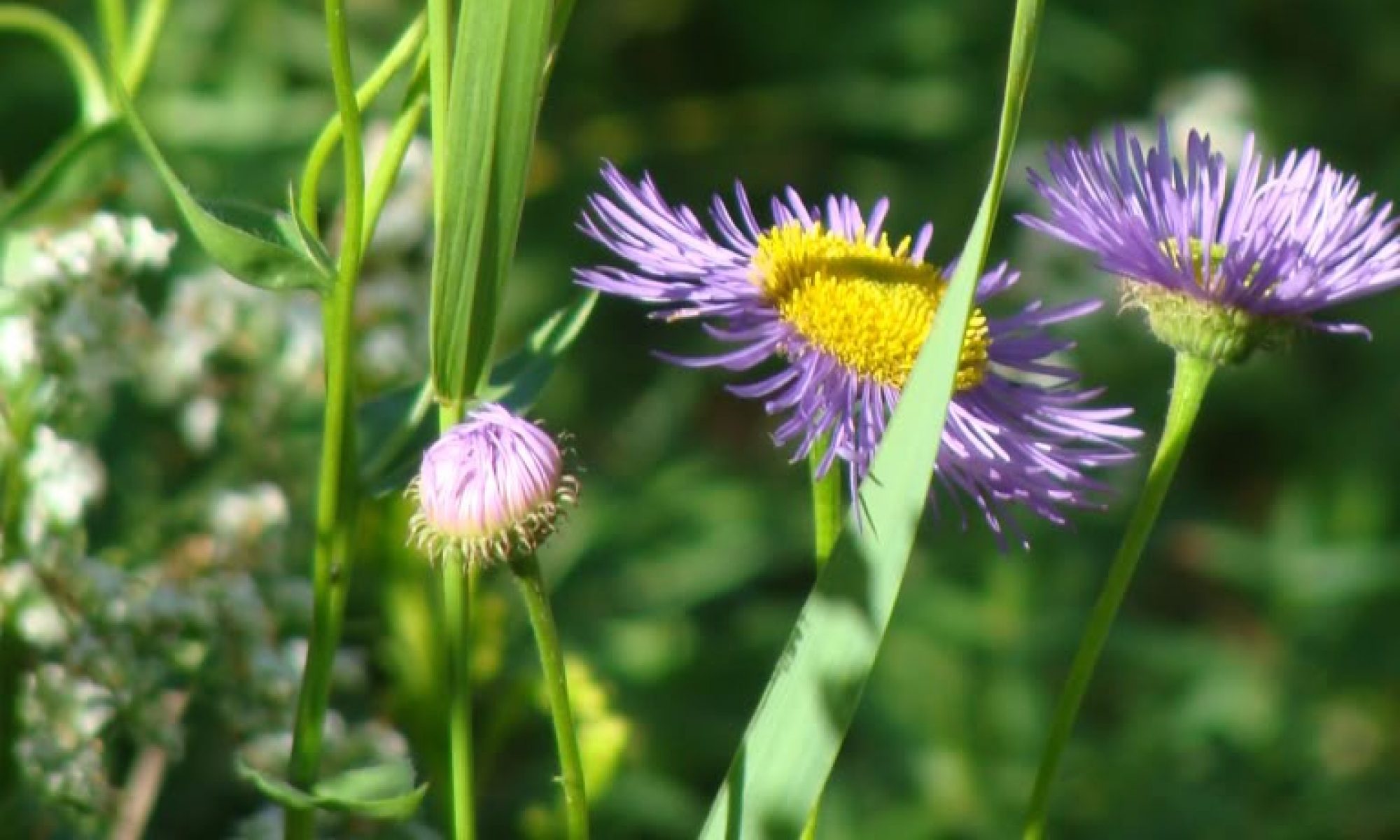We are in the heart of winter in Seattle, but you would never know it without going outside–it was sunny and bright today, but the high temperature was only 41 degrees.
I planted several pots of native plant seeds about a month ago, hoping to give them enough cold stratification on shelves outside to coax them to germinate this spring.
Today, I planted a batch of seeds of native plants from Chiltern’s in the UK.

These seeds were planted in simple potting soil in 3″ square pots. They will get watered in tomorrow when the rains come back.
As I sat these newly planted seeds on the shelf, I was shocked to seed that the Collomia grandiflora seeds I planted a month or so ago have germinated! Talk about hardy annuals! It is still mid-winter and these seedlings don’t seem fazed at all by the cold.
I’m nervous for these little guys, but anxious to have them grow quickly into healthy seedlings that can get planted in my native plant garden when the weather warms (or even before).
When walking in a park in Happy Valley, Oregon last week with my good friend Brian, I saw a LOT of licorice ferns (Polypodium glycyrrhiza). These tree-clinging plants have an interesting growth cycle. They grow on the trunks and branches of deciduous trees–big leaf maples are a favorite. In order to maximize their own growth, their active season is fall and winter when the leaves have dropped and the ferns have access to the sunlight they need. The bonus for humans is that when the trunks and branches have dropped their leaves you can clearly see the vibrant, robust licorice ferns.


The licorice fern name, as well as “sweet root,” which is another common name, refer to the flavor of the rhizomes. Native Americans used them as sweet treats and medicine to treat colds and sore throats.
I hope I have a habitat someday that will host a hundred licorice ferns on mossy trunks and logs.


